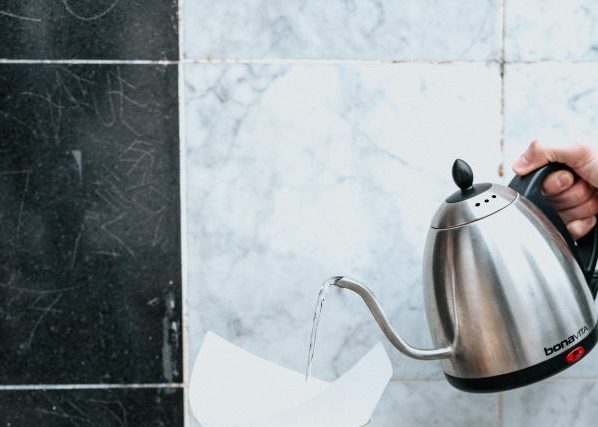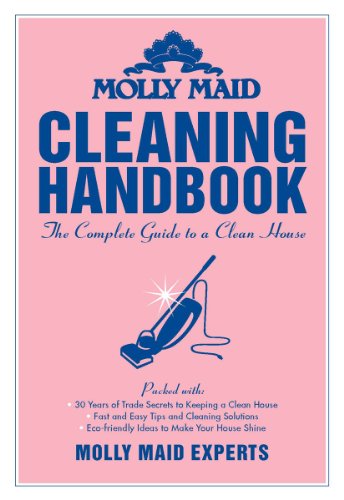
A steaming cup of tea makes most things in life a bit sweeter. With its soothing fragrance, great taste, and the ability to spread warmth from head-to-toe, it’s an essential winter comfort. In fact, tea can be your first line of defence against a deluge of cold symptoms. And if you’re just suffering from a case of the February blahs, the relaxants found in chamomile tea have been shown to ease wintertime anxiety. Which is why cleaning an electric kettle, regularly, is so important to keep it running well.
What is limescale?
The science behind limescale (also known as hard water buildup) is simple: when water is boiled in an electric kettle, minerals such as magnesium and calcium don’t evaporate; they remain in the kettle as a white powdery deposit. Fortunately, removing the build-up is simple! All you need is something mildly acidic like vinegar (or lemon juice) to get the job done.
How To Remove Limescale:
- In a large bowl, mix 2 cups water and 2 cups of white vinegar.
- Pour the water-vinegar solution into the kettle.
- Bring the water-vinegar solution to a boil.
- When the kettle boils, turn it off and unplug.
- Let the solution soak for 20 minutes, then pour it out. But if the scaling has been left untreated for a long time, leave the solution to soak for 60 minutes.
- Once the kettle has cooled down, scrub the inside of it using an old toothbrush. Do not scrub the heating element on the bottom of the kettle as it may get damaged.
- Rinse with water to remove vinegar residue.
- Wipe down the inside of the kettle with a microfibre cloth. Let it air dry.
- Boil plain water as many times as needed until the vinegar taste is gone.
- If left untreated limescale deposits can be very difficult to remove. Follow these steps as often as needed.
PRO TIP: Boiling water, whether in your electric kettle or on the stovetop adds humidity to your home. Depending on the size of your home, the humidity may not circulate evenly. So always turn your HVAC or range hood fan on to encourage circulation.
For more pro tips, cleaning advice and educational resources, read more in our cleaning blog or check out The MOLLY MAID Cleaning Handbook on Amazon or Chapters Indigo. For dependable cleaning services from professionals you can trust, reach out to your local MOLLY MAID using our Service Inquiry form.

